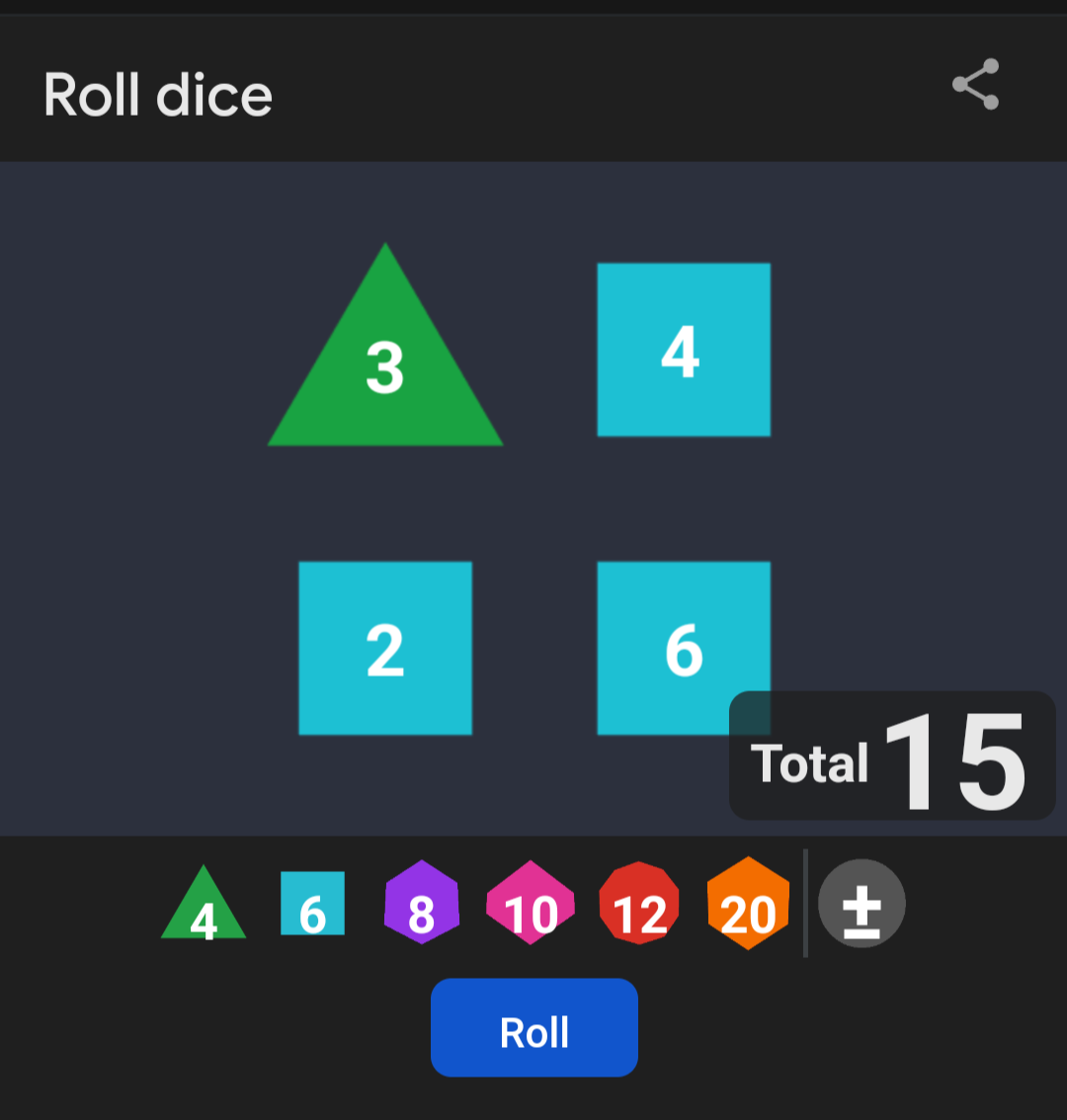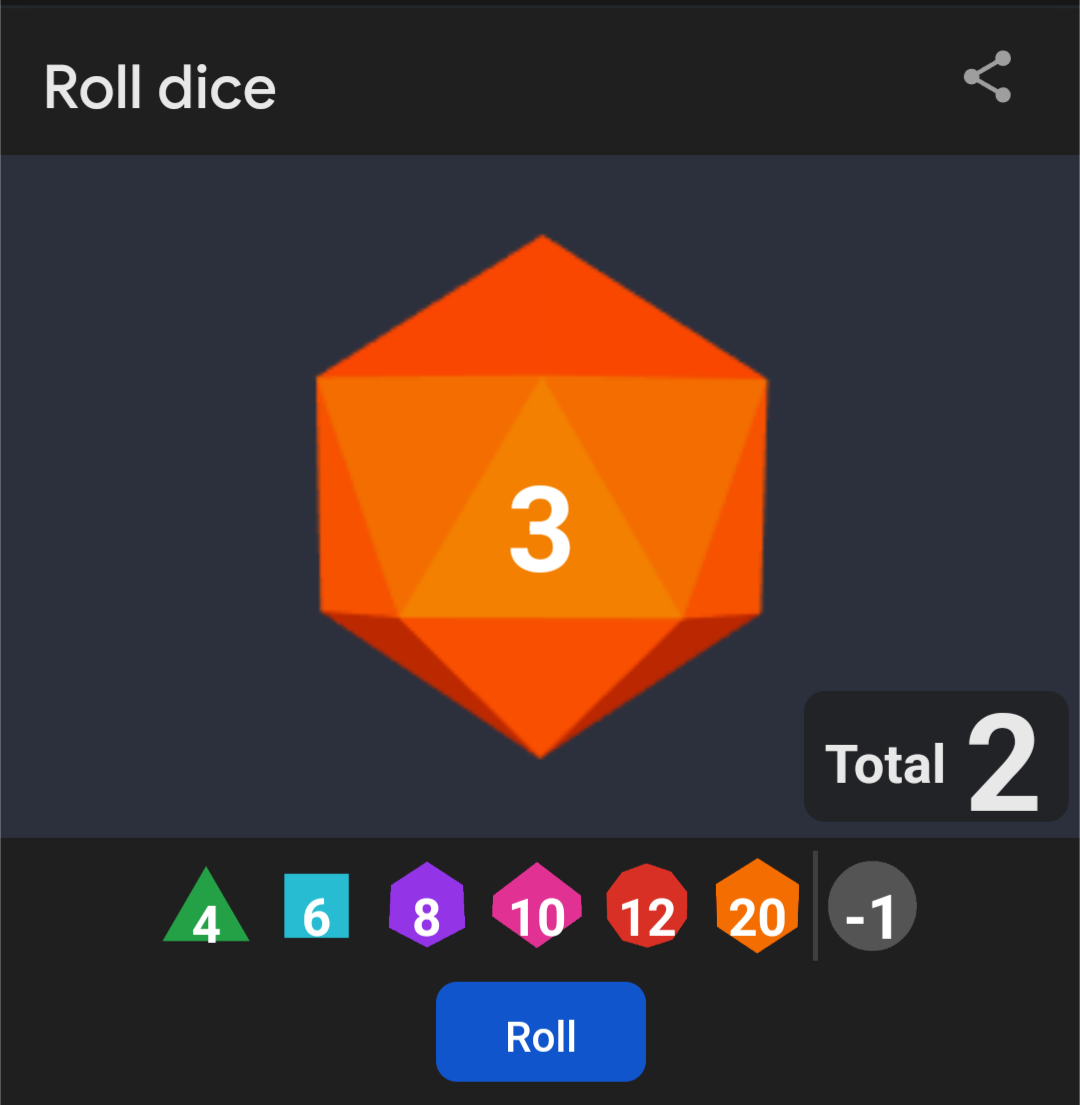For the probability that at least one arrow picked is cursed: 1/2 + 1/2 × 5/9 = 14/18 = 7/9. (The probability that you picked it the first time, plus the probability that you missed it the first time but picked it the second time).
a dice probability calculator tells me probability of 3d6 + 1d4 at least 16 is 2/9. So the DM is correct.
- Sidenote: it doesn't matter whether you grab the arrows one at a time or with both hands at the same time. Unless your party is trying to figure out which arms to amputate.

